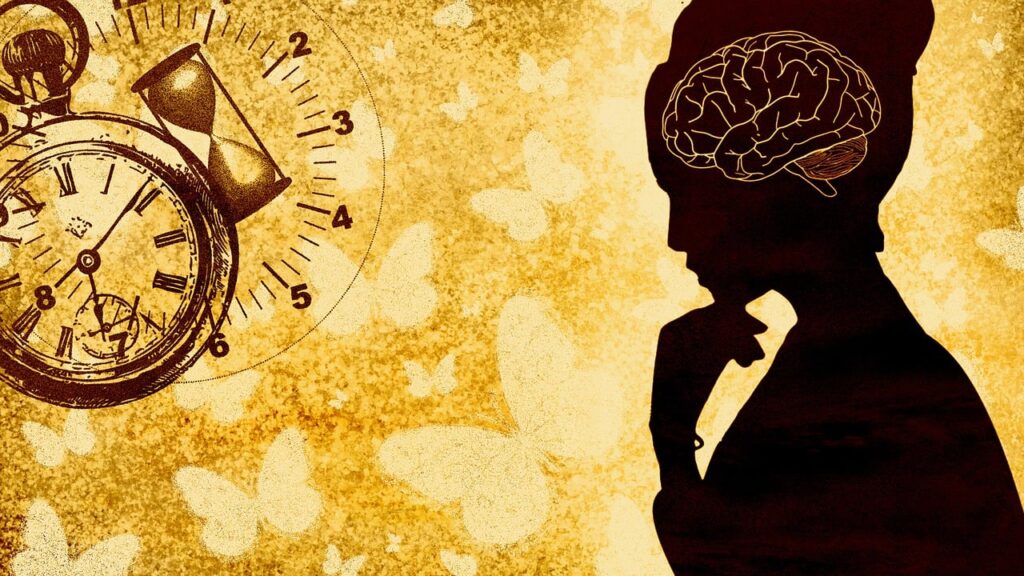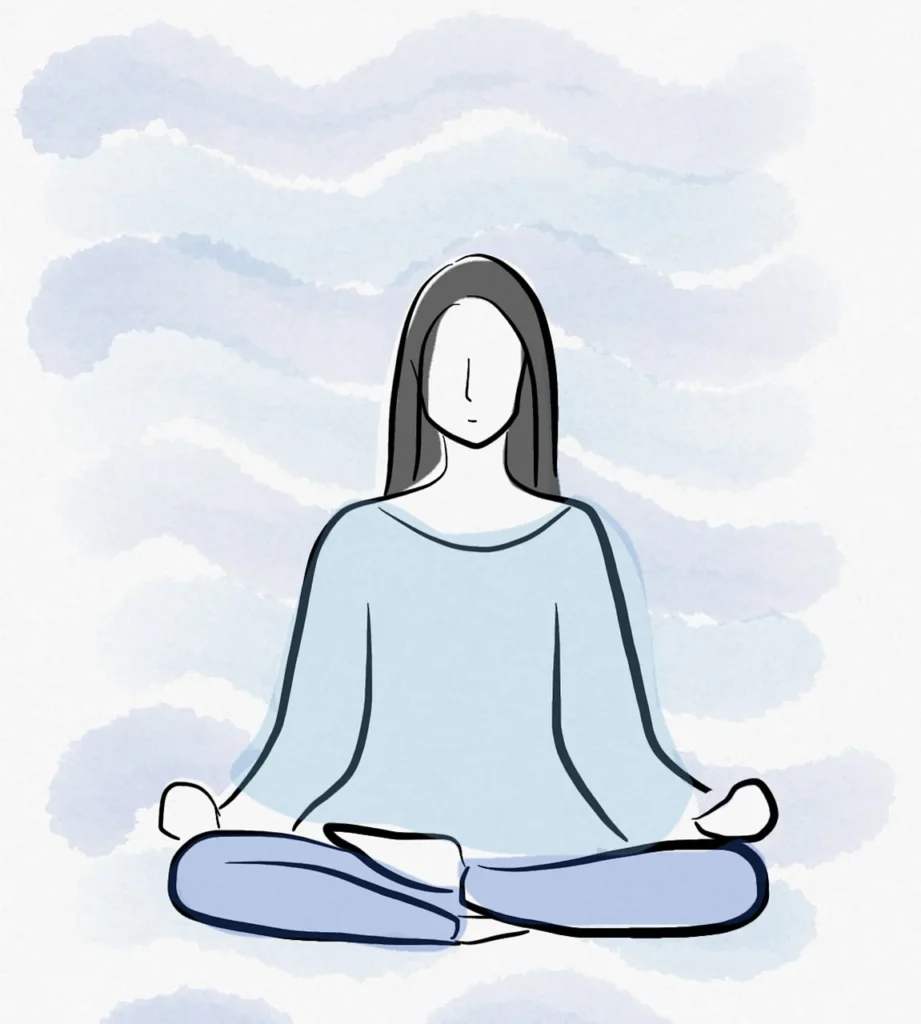
Bruce Martin is a happy mental health counselor. His life is full of care and dedication to the people’s mental well-being around him. He has contributed enormously to the mental health counseling field for more than two decades by his sympathetic approach, various techniques of therapy, and advocacy. This essay will look into his background, therapeutic philosophy, professional journey, areas of specialization, and the impacts he has made on many lives.
He was growing up in a small town where stigma regarding mental health was very pronounced. Therefore, while going through that environment where attending to somebody’s mental state is given little regard at all, he knew of the agony that most people require attention that is never rendered because society does not consider it anything serious. The interest concerning this matter struck him at the time when he was teenager. He was working at a community center which worked with youth at risk; it is there that he learned further to care for mental health, becoming more concrete in his mind as a counselor.
He has a Bachelor of Arts in Psychology with honors and high honors from one of the best universities; large leadership roles in various pertinent health-related student organizations, and master’s degree in Counseling with supervised practice experience in internships from multiple mental health clinics and hospitals.
Philosophy of Therapy
A humanistic psychology devotee, he values each human entity for its worth. That is, fundamentally, everyone has the capability for growth and for healing. From this appreciation, very sensitive feelings, in the sense of an understanding, and with dignity personal experience he will bring along with him and with the client in connection.
Among the grand pillars of Bruce’s theory is his concept of unconditional positive regard. This term is derived from the psychologist Carl Rogers, in terms of providing an environment free of judgment, and in fact, this is the area where clients are allowed to say whatever feelings or thoughts they so desire. Bruce is sure his clients feel perfectly at ease and safe and secure. According to Bruce, if the therapeutic alliance is proper, nothing stops the client from opening up thoroughly in relation to his issues, whether honest or dishonest.
Bruce employs various techniques that have been named. This ranges from CBT, mindfulness-based therapies, and other narrative therapies. According to Bruce, everybody is unique, so he tailors his work according to the need of the individual.
After graduation, Bruce began practicing as a counselor in the community mental health center, working with the most populous group of people who suffered from depression, anxiety, trauma, and even issues related to relationships. All throughout these previous positions, he learned and knew that his own belief regarding access to services on mental health was reinforced.
Years passed, and Bruce became so skilled that the client was treated with being gentle yet effective as a counselor. This counselor was bound to upgrade himself, thanks to the attendant workshops and seminars that keep him posted on new research and best practices in the field of counseling, thus equipping him to do his best for clients.
As aside from his private practice Bruce educates graduate students who happen to major in counseling programms through which he makes the next mental health person inherit his knowledge and expertise while working in this field and enjoys mentoring young counselors even reminding them of their basic and crucial need to be empathic and mindful of them in the process of practicing.
In some instances, quite a number of techniques feature in Bruce’s sessions when attending to many cases on mental health. Common things Bruce’s sessions usually contain include the following:
It involves the taking of time in building an atmosphere where such clients ‘hear themselves’; that is the actual implementation of a situation. By using some reflective listening-it is repeating what a client is saying so that one can hear being taken seriously-and this basic exercise provides trust and a way through which one builds an ambiance within there can be explication.
The final, and perhaps most critical ingredient in Bruce’s healing recipe is Goal Setting. Bruce learns that well-defined practical and attainable goals will guide the client by how they feel about their movement of progress and allows them to focus on the task. The feeling of achievement by breaking down large objectives into smaller, achievable steps makes the client feel like achieving real success.
Cognitive Restructuring: Bruce uses the skills which the client learns in the process of CBT learning so that it helps him to identify distorted cognitions and hence, he challenges those distorted cognitions. It is Bruce who changes such distorted cognitions in such a manner that behavior along with feelings becomes positive.
Mindfulness and relaxation techniques: When it comes to getting a cognitive view of what might stress someone, Bruce is drawn into mindfulness. Techniques like deep breathing, guided imagery as well as meditation are really great ones that make the anxiety of a client diminish and, therefore, make him feel that he owns those feelings of calmness.
He’s applying a lot of solution-focused strategy by leading the clients into thinking about their strength and resources. That is going to enable him to yield to the clients in terms of thinking about solutions rather than the problem energizing them to be more self-controlling in the healing process.
Storytelling Bruce utilizes the use of narrative in counseling towards the self-re-authoring of clients. In doing this, it gives a framework for interpreting life stories that enables insight into a client’s past experiences with relevance to thought and behaviors in the present. That way, this becomes a portal through which the client discovers that he or she is in fact steered by agency empowered with changing identities so as to shape the future.
Therapeutic Areas of Expertise Bruce is having very vast professional experiences within the following fields
Therapeutic Areas of Expertise Bruce has vast professional experience in the following fields
Having been trained as trauma-informed practice, Bruce is aware that the mind of a person under it would be affected psychologically in very severe ways. This should therefore make him cautious or at least sensitive to do work associated with trauma of all sorts. To patients he makes them feel comfortable regarding any experience they will present before him. Understanding will thus be his aim together with choice and finally empowering them.
Adolescent Counselling: Bruce feels a very strong urge that he should work with adolescents. He learns that at this stage in life, these people experience numerous problems. These are to do with the forming of identity, peer pressure, and even mental breakdowns that also could have been dealt with and support built around it to ring out in the minds of young clients.

Couples and Family Therapy-Relationship Power in Mental Wellness: He provides couples and family therapy, where he gives importance to the relationship power in mental wellness. He has done open communication that led to deepening understanding among family members for solving even strengthening bonds toward a life free of conflict in the relationship.
Apart from his life in the clinic, Bruce is an activist for mental health. According to him, the best way of promoting welfare in society is through the reduction of stigma and access to mental health resources. Bruce runs community outreach programs; he holds seminars and workshops educating the general public on issues of mental health.
He has educational programs in schools for local students so they know the importance of emotional well-being; hence when one requires assistance, this is the chance. In this manner, from all this Bruce develops support to the next generation by placing them under very good circumstances. Society, or instead community, has contributed to this case of mental health problems as their unwillingness toward this shows within them as they grow with life.
Bruce volunteers with organizations making resources available to the population in crisis. He understands hope and relief as people in crisis experience within the community. He places much effort in making it possible for people to reach their numbers over the count of helps they need.
In a way, Bruce proved a point by contributing at the grassroots policy work seeking better services but even at the initiative level of policy making for mental health service delivery, which dictates his will for meaningful systemic change.
Personal Insight and Development
Brian comes to know in his training it is a process which he continues to learn in self-analyzing and growing. Brian very well knows that self-awareness and growth are absolute necessities for good counseling practice. Brian continually consults and supervises with his fellow colleagues, too, because he also considers collaboration and feedback elements that can enhance one’s practice.
He also finds time for himself wherein he is practicing self-care, mindfulness, and all that wellness activity is giving him energy to move forward. In all these efforts toward healthy life, they do not go waste but also become an example in front of the client, which brings life again.
Bruce asks his patients to be responsible for the sense of self-care involved in this demanding and careful healing process.
I was lucky enough to see many cases of successful treatments through my practice. One of the most vivid and impressive cases is that of a young lady who suffered from very severe anxiety. She would come to therapy for a few months, then learn, and then wrestle with those thoughts that were torturing her. She learned mindfulness as a mode of life much better and the ways transformed her life from day to day. She emerged empowered and full of hope from this work done jointly between the two of us.
Concentrated sessions were taken up with Bruce for the couple as an ultimate effort made to the almost ending relation by offering them an opportunity for proper discussion. It had exposed them to thoughts enabling one to come to grips with his or her real self. Whenever life history changes and understands more needs are required for other’s lives, they get back in each other as if nothing has happened. They thank for the love retrieved in the newly found link to the partner in therapy sessions.

